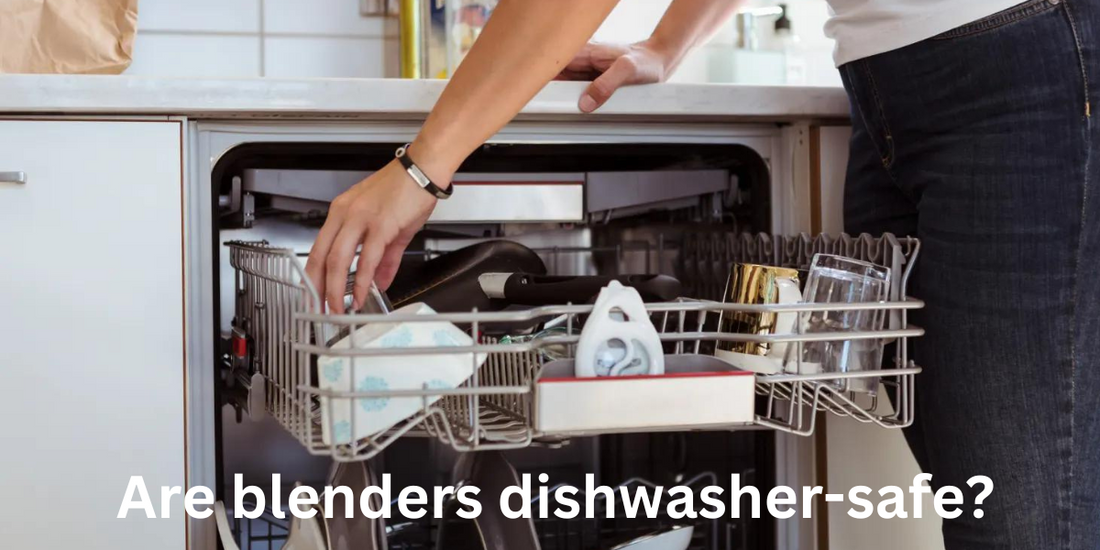Blenders have become indispensable kitchen appliances, streamlining the process of blending, pureeing, and crushing ingredients. However, one common question that arises is whether blenders are dishwasher-safe. This article will delve into the factors you should consider when determining if your blender can be safely cleaned in the dishwasher. By understanding the components and guidelines provided by manufacturers, you can make an informed decision about maintaining the cleanliness and longevity of your blender.
The Composition of Blender Components
To assess the dishwasher compatibility of blenders, it's crucial to understand the materials used in their construction. The primary components to consider are:
Blender Jar/Pitcher
Blender jars or pitchers are typically made of plastic or glass. Plastic jars offer durability and are less prone to breakage, making them generally more dishwasher-friendly. Glass jars, though heavier, provide clarity and resist odors and stains. However, they may require extra care or specific dishwasher settings to avoid damage.
Blade Assembly
The blade assembly, responsible for blending and pureeing ingredients, is often detachable for easy cleaning. While some blade assemblies can safely withstand dishwasher cleaning, others may contain components that can become dull or damaged in the dishwasher. Always consult the blender's user manual to determine the dishwasher compatibility of the blade assembly.
Lid and Accessories
Blender lids, gaskets, and other accessories also need to be considered. While some lids are dishwasher-safe, those with seals or gaskets may deteriorate or warp when exposed to high heat or aggressive dishwasher detergents. Carefully review the manufacturer's guidelines to assess the dishwasher suitability of these additional components.
Manufacturer Guidelines
Manufacturers provide specific instructions regarding dishwasher compatibility and cleaning recommendations for their blenders. Consulting the user manual or the manufacturer's website is crucial to ensure you follow their guidelines accurately. These guidelines will indicate which components can be safely cleaned in the dishwasher and any precautions or specific instructions you should follow.
Temperature and Detergent Considerations
Dishwashers use high temperatures and powerful detergents to clean dishes effectively. However, these factors can affect certain blender components. For example, high temperatures can cause plastic blender jars to warp or discolor over time. Aggressive detergents may also damage decals or control panels. To avoid such issues, it is vital to check the manufacturer's recommendations on temperature limits and detergent compatibility before placing blender components in the dishwasher.
Handwashing Best Practices
Even if your blender is labeled as dishwasher-safe, some components may benefit from handwashing. Blade assemblies, in particular, often contain sharp blades that require careful handling. Washing these components with warm, soapy water and a non-abrasive sponge can help maintain their sharpness and functionality. Additionally, handwashing allows for more precise cleaning of hard-to-reach areas, ensuring thorough removal of food particles and residue.
Conclusion
Determining whether blenders are dishwasher-safe depends on various factors, including the materials used in their construction, manufacturer guidelines, temperature considerations, and detergent compatibility. By considering these factors, you can confidently decide whether to clean your blender in the dishwasher or opt for handwashing. Always prioritize following the manufacturer's recommendations to avoid any potential damage to your blender. By maintaining proper cleaning practices, you can ensure the longevity and optimal performance of your blender in the kitchen.

